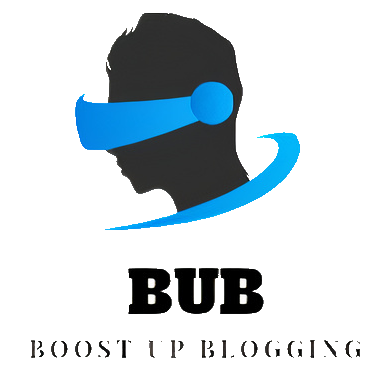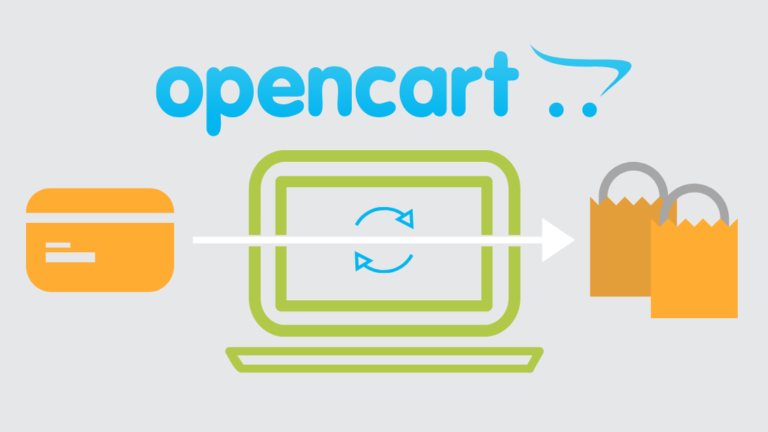Introduction to the three disaster recovery levels
In general, disaster recovery can be divided into three levels: data level, application level, and business level. Most people are unfamiliar with these three levels of disaster recovery, so let’s learn more about them.
Data Level Disaster Recovery
The primary concern is data, which means that after a disaster, you can ensure that the data is not damaged. Lower-level data-level disaster recovery can be accomplished by manually saving data offsite. One method is to transport backup tapes (disks or CDs) to an off-site location on a regular basis. More advanced data disaster recovery solutions, such as disk array-based data replication capabilities, rely on network-based data replication tools to achieve asynchronous/synchronous data transfer between different backup devices in the production center or between the production center and the disaster recovery center.
Application-level disaster recovery
It is based on data-level disaster recovery and replicates the application system, implying that an additional application support system is built in the offsite disaster recovery center. The backup system, standby data processing system, standby network system, and other components comprise the support system. Application-level disaster recovery enables application system takeover, which means that if the production center fails, the disaster recovery center can take over the application, minimizing system downtime and improving business continuity.
Business-class disaster recovery
It is the most advanced level of disaster recovery system. It includes non-IT systems, so in the event of a major disaster, the user’s office may be damaged, and the user requires the original data as well as the staff to conduct business normally in a backup workplace. In fact, business-level disaster recovery focuses on the backup of the business access network, taking into account not only the support system’s service delivery capability, but also the access capability of the service users and even the backup staff.
Different types are used in the construction of disaster recovery systems. A number of factors should be considered, including the importance of data and application systems, business relevance, technical maturity, infrastructure conditions, cost, and management and maintenance.
The business in a data center, whether it is a production center or a disaster recovery center, is linked. For example, before the application can be started, the database must be started; and the application server takeover must be completed before the network can be switched. We can only ensure a smooth disaster recovery switchover if we strictly adhere to the process. Many people understand only one or two disaster recovery levels, but they are unable to understand more comprehensively, and there is a connection between these types of disaster recovery, so if you want to understand disaster recovery thoroughly, you must understand many aspects.
How do you select a cloud backup solution? Cloud backups are a low-cost way to safeguard an organization’s mission-critical data. They automate daily tasks and make data protection for large amounts of data easier. When properly configured, cloud backups are not only a necessity, but also a business asset.
Vinchin Backup & Recovery allows you to restore the entire virtual machine and all of its data from any restore point (full, incremental or differential backup) without affecting the original backup data. Backups that have been deduplicated or compressed can be restored. This is a great solution for ensuring business continuity and minimizing critical business interruptions caused by a disaster or system failure.
You can also quickly check the availability of backup data by instantly restoring a target VM to a remote location in minutes. Ensure that in the event of a true disaster, all VMs can be recovered and the data they contain won’t be lost or corrupted. Vinchin offers solutions such as VMware backup for the world’s most popular virtual environments, XenServer backup, XCP-ng backup, Hyper-V backup, RHV/oVirt backup, Oracle backup, etc.







